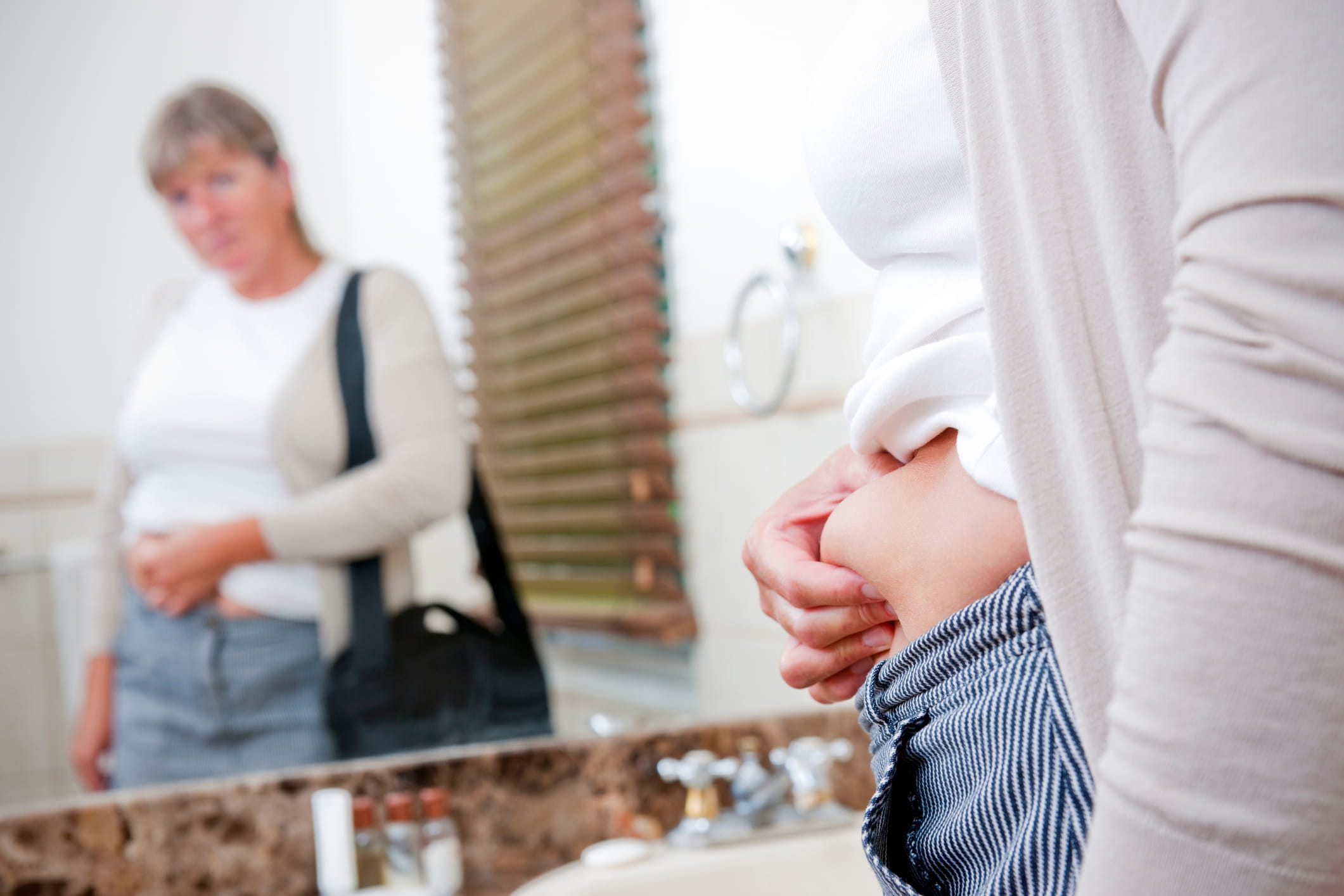How to read food labels
Understanding food labels can be confusing, but it’s a key factor to losing or managing your weight. With the help of our weight-management team, we break down the process so you can better reach your health goals.
No matter where you’re at in your health or weight-loss journey, reading food labels can be intimidating. Where do you start? How much sugar is too much? Which fat is the “good one?”
We hear you! We sat down with a dynamic duo from our Nutrition and Weight Management program, weight-management physician Dr. Jila Kaberi-Otarod and registered dietitian Amy Cartwright, to talk about the importance of understanding food labels. Learning to decode food packaging is a good practice for anyone interested in maintaining their overall health and an essential one for those on a weight-loss journey — which can encompass many things, from following a healthy diet to learning how to eat after bariatric surgery.
Food’s impact on our overall health
Before we look at food labels specifically, it’s important to look at our relationship with food and how it can make a huge difference in our overall health.
“Many chronic diseases — diseases that persist over a long period of time — are related to obesity. In fact, obesity is a chronic disease, and it even increases the risk of developing cancer,” says Dr. Otarod. “Weight loss is going to help you in all aspects of your health. When you lose weight, amazing things happen — for example, type 2 diabetes can go into remission.”
Being mindful of what we’re eating daily can help us understand and improve our body’s relationship with food and the nutrients we get from it. The more we know, the more likely we are to make better decisions about our diet — but that doesn’t mean it’s easy!
That’s where registered dietitians come in.
“Everyone’s body reacts differently to food,” says Cartwright. “We’ll work with you to create a food plan that works around your personal favorites and your allergies. We’ll even help you learn to love foods you don’t typically like, but that will provide the nutrition you need to meet your goals.”
Understanding how to read food labels
Knowing how to read food labels is a great place to start in your health or weight-loss journey. The key is to take it one step at a time. Work your way through food labels by looking at each of these areas, perhaps focusing on a new one each week:
Portion size and calories
The first thing to look at is the portion size compared to the number of servings in a container. What may look like a single-serving bag of chips might actually be two servings. So, while you think you’re only eating 130 calories, you’re really eating 260. And that’s just the calories – you’d be eating double everything – sugar, fat and salt.
Percent daily value
From the calories, take a look at the percent daily value and know that this number can vary person to person. The percentage isn’t a “one size fits all” number and shouldn’t be taken at face value – instead, focus on the ingredients and nutrients on the food label.
“A typical food label is based on a 200-pound male who eats 2,000 calories a day,” says Dr. Otarod. “For someone that eats less than 2000 calories a day, the percentage would change.”
Sugar
Another important nutrient to keep under control in your daily nutrition is sugar.
“Look at the natural versus added sugars when you read food labels,” says Cartwright. “And remember that added sugars are worse than natural sugars. For example, if you’re eating a natural fruit leather strip versus a pack of fruit-flavored gummies, the sugar content might look similar, but the fruit leather contains more natural sugars, which are OK when eaten in moderation.”
Fat
From there, check out the fat information on a food label. In general, the less fat the better. “You’ll want to focus on your saturated fat and unsaturated fat consumption,” says Cartwright.
Saturated fat can increase your LDL cholesterol (which is known as the “bad cholesterol”) and is often found in meat and dairy products.
Unsaturated fat can increase your HDL cholesterol (lovingly referred to as the “good cholesterol”), especially monounsaturated fats — a type of unsaturated fat. Another type of unsaturated fat are polyunsaturated fats, which can lower your LDL levels. Unsaturated fats are found in nuts and oils, such as peanut oil and olive oil, seeds, fish and tofu.
Ingredients
One final tip — look at the ingredients list. Generally speaking: The shorter an ingredient list, the better it often is. Take a careful look at the entire ingredient list and read each name.
“Look for whole ingredients,” recommends Dr. Otarod. “If you can’t pronounce several ingredients, you might want to consider avoiding them.”
How to read food labels after bariatric surgery
If you’ve had bariatric surgery, you’ll still follow these same guidelines — with a few adjustments.
After having bariatric surgery, it’s important to start your meals with protein. Look for foods that are higher in protein, such as tofu, beans, eggs, fish and meats. “You’ll always want to start with your protein when you sit down to eat,” says Dr. Otarod. Making sure you get enough protein means your hair, nails and skin will stay healthy. It’ll also keep your hunger at bay, promote muscle health, stabilize your hormone levels and support your metabolism.
“It’s also important to look at the serving size and percent daily value,” says Cartwright. “If you’ve had bariatric surgery, these amounts are going to be less for you. A registered dietitian can help guide you through this after your surgery.”
After you’ve had bariatric surgery, you’ll want to watch the amount of fiber you eat. Fiber is an important part of every diet and can help to alleviate any constipation you may experience after the surgery. “Make sure you’re drinking enough water along with your fiber intake, too,” says Cartwright. “This will also help with constipation while keeping you hydrated too.” On top of aiding with constipation, fiber helps promote weight loss while lowering cholesterol levels and controlling blood sugar levels.
How to get started with reading food labels after bariatric surgery
Preparing for or recovering from bariatric surgery? Both Dr. Otarod and Cartwright suggest incorporating these changes into your diet before your weight-loss surgery. Practicing portion control, reading labels and eating healthy, fresh foods before surgery can help you create new, healthier habits.
Cartwright notes it’s important to phase out processed foods before undergoing weight-loss surgery. “Ease into these diet changes — they won’t happen overnight,” she says. These changes are extremely important for success after bariatric surgery, and they’re changes that will become a part of your everyday life. That’s why starting early and easing into them is essential.
Reading food labels doesn’t have to be complicated. Knowing the key points of exactly what to look for will help you not only succeed with your nutrition goals but help you instinctively make healthier food choices every day.
Next steps:
Healthy food doesn't have to be boring. Check out our stash of healthy recipes.
Meet Amy Lynn Clifford-Cartwright, RDN





